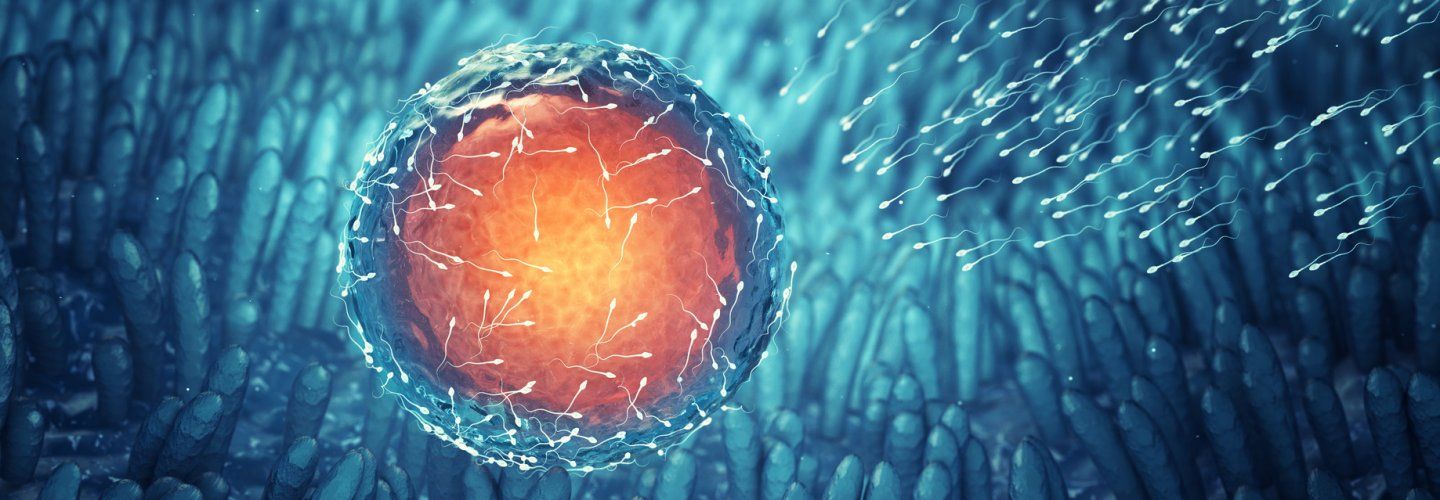Sperm Retrieval in Azoospermic Subjects (TESE/TESA)

TESE and TESA: Advanced Solutions for Male Fertility Challenges in Azoospermia
Introduction
Navigating the complex world of male infertility can be daunting, especially when it comes to understanding azoospermia, TESE (Testicular Sperm Extraction), and TESA (Testicular Sperm Aspiration). These terms may seem overwhelming for men facing azoospermia, the absence of sperm in the ejaculate, but medical advancements offer hope. This article delves into these sperm retrieval options and their potential impact on fertility.
What is Azoospermia?
Azoospermia is a condition characterized by a complete lack of sperm in a man’s ejaculate. It falls into two main categories: obstructive azoospermia, caused by blockages, and nonobstructive azoospermia, related to defective sperm production. Genetic factors often play a significant role in both types, with mutations like those in the cystic fibrosis gene frequently found in men with obstructive azoospermia.
TESA for Obstructive Azoospermia
TESA is a method commonly used for men with obstructive azoospermia. This procedure involves retrieving sperm directly from the epididymis using a needle aspiration technique. It boasts a high success rate, nearly 100% in subjects with obstructive azoospermia.
TESE for Nonobstructive Azoospermia
For men with nonobstructive azoospermia, TESE is the technique of choice. Unlike TESA, TESE involves an open surgical procedure to obtain sperm from the testicles. However, the success rate drops to about 40-50% for subjects with nonobstructive azoospermia.
The Importance of Genetic Testing
Azoospermia often comes with underlying genetic abnormalities. For instance, chromosomal abnormalities and Y-chromosome microdeletions may be linked to nonobstructive azoospermia. Hence, genetic testing is crucial for all men diagnosed with this condition.
Anesthesia and Other Considerations
Both TESA and TESE are performed under general anesthesia, ensuring no discomfort for the patient. Besides anesthesia, preparation may involve a series of hormone tests and imaging studies.
Frequently Asked Questions
Is azoospermia curable?
Treatment options are available, although a complete “cure” depends on the underlying cause.
How successful is TESA?
Nearly 100% success rate in cases of obstructive azoospermia.
What about TESE success rates?
Around 40-50% for nonobstructive azoospermia.
Is genetic testing mandatory for azoospermia?
Highly advised to gain a comprehensive understanding of any underlying issues.
Are these procedures painful?
Performed under general anesthesia to minimize discomfort.
Conclusion
TESE, TESA, and sperm retrieval options are intricate parts of the infertility puzzle. With technology advancements in diagnosis and treatment, many men with azoospermia have realistic chances of becoming fathers. While the journey through medical terms might seem labyrinthine, the end goal is to find the most efficient path to successful fatherhood. If you’re struggling with azoospermia, these sperm retrieval options could be your beacon of hope.
Disclaimer: This article is not a substitute for professional medical advice. Always consult your healthcare provider for a personalized diagnosis and treatment plan.